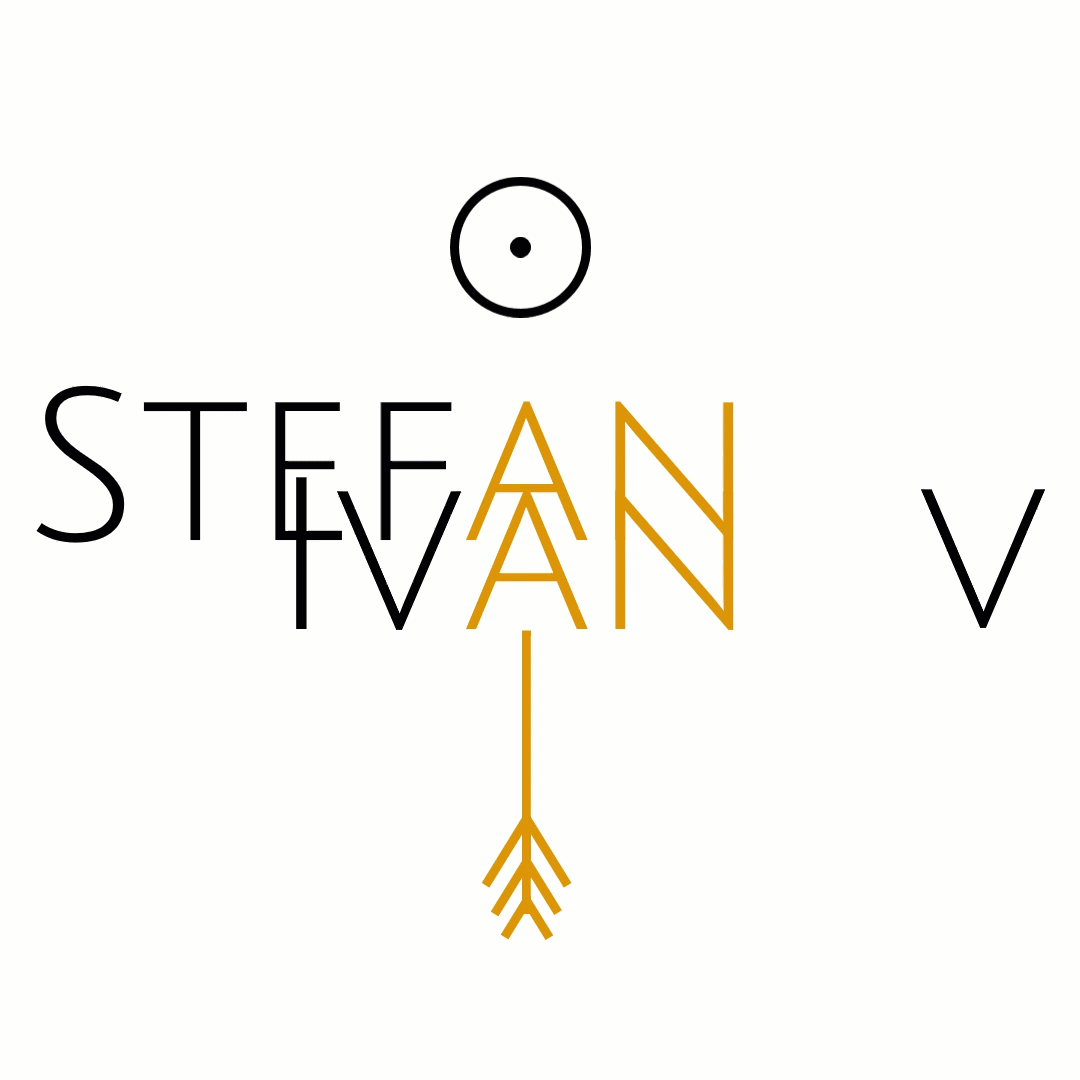HOT PLATES - THE USUAL SUSPECT
- Stefan Ivanov
- 2.07.2013 г.
- време за четене: 2 мин.
My new rant will be on something I always wanted to grumble about. I still remember one of my first lectures on interface design. Prof. Jan Borchers, who I vastly respect, showed us a photo of his new stove and how lame the controls were placed. We had a thorough discussion on all the drawbacks of its design and here I am today with an example of my own. We recently rented a hut in the mountain for a weekend and that is where I met today’s subject of critic. I had to do one thing, one very, very simple thing: heat some water on a hot plate for the stuff we were about to boil. It turned out that on this particular stove the task would not be as straightforward as one would expect. And the main culprit was bad labeling.

There are so many problems with these two hot plates and the interface for controlling them but I will focus only on the one that struck me the most because I rejected to use the stove and explore it further from then on. My biggest enemy was the label for selecting a plate. It consists of two circles, a filled and an empty one, aligned in the same way as the plates are. You choose a plate to turn it on and control the amount of heat. But which part of the label indicates the plate that is on – the filled or the empty circle? I relied on the natural association that filled means more, and in the context of the stove it meant more heat. Moreover, my experience with other stoves confirmed my guess. I am correct, right?… Wrong - it was exactly the other way around. I found this out fifteen minutes later when I went to check if the water was boiling. The plate with the pot on was dead silent while the other one was all red and burning. Luckily there was nothing on it that might have caught a fire. Clearly two design principles have been abused in a very rude fashion: use natural associations and rely on users' experience. As always I am there with the better solution. And with better I don’t mean flipping the labeling. My professor taught me that even the tiniest label is a small instruction that can be avoided. My suggestion is why not removing the buttons for hot plate selection, and their labels. Then we place a plate control button to the side of each hot plate … and we’re done. We removed four interface elements and added two. With the new placement, next to the plate itself, there is no need for any labeling because proximity tells more than any label. Even if we put a -/+ button for each stove, we will improve the temperature selection without compromising the interface more than the initial one. The result will be clearer and finer plate control with the same amount of interface or smaller. I the end remember that simple is better and simplicity is something one should always strive for. I hope you have enjoyed this post at least as much as I did while writing it, despite the bitter experience I had.










Коментари